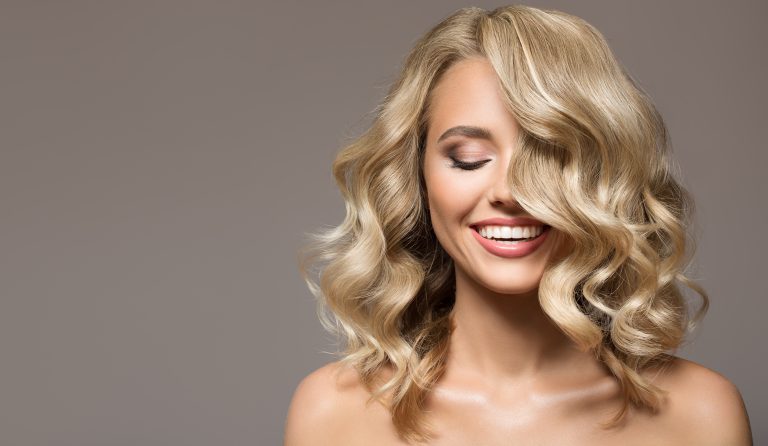For first time wig wearers, it can all seem a little hard to understand and definitely quite a challenge to choose the right wig based on terminology used to describe the methods of wig caps. In this Wig Cap construction explained article we aim to simplify what all the terms mean and provide a little insights into the pros and cons for each part of wig construction techniques. Sometimes it isn’t always the ideal choice to go for the most expensive when your end result will work just fine if a lower priced/less hand made wig will suffice. However, as a general rule, you do get what you pay for and one of the main driving forces for the price of a wig lie in how the wig has been constructed (along with the quality of the hair fibres used).
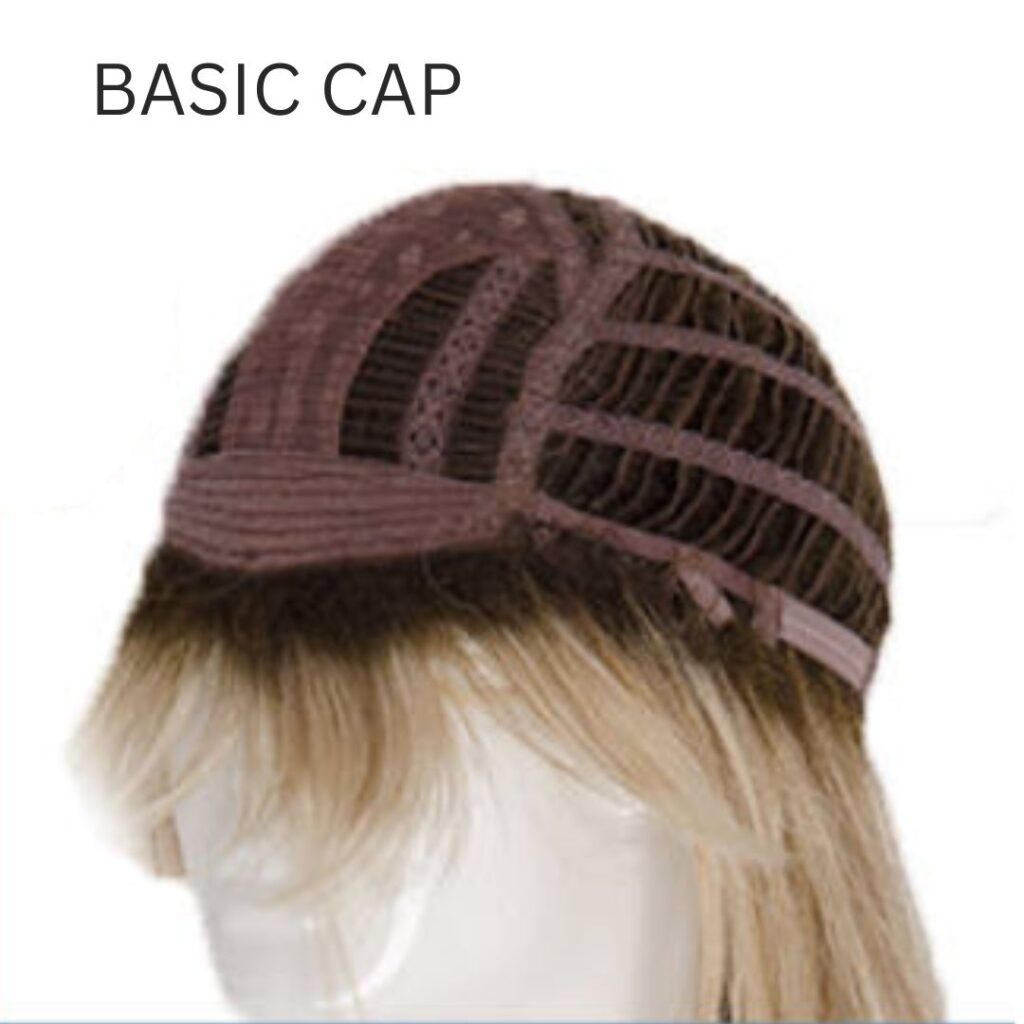
BASIC CAP
Traditional Weft Caps are also known as; Basic Wig Caps, Open Weft Caps, Standard Caps, and Classic Caps.
The hair for these caps are machine sewed into strips of material (typically – cotton, felt, and velvet, silk), and wefted together to create the appearance of natural hair growing in different directions.
Open Weft Wig Caps are less dense with more spaces between, perfect for keeping the head cool, and much lighter to wear.
These wigs are the least expensive cap types and are the most durable as well.
Though these wigs are a cheaper option they lack versatility for styling like the other wig caps available.
Because the wefts are sewn together, they won’t loosen up over time, meaning less repair work is required.
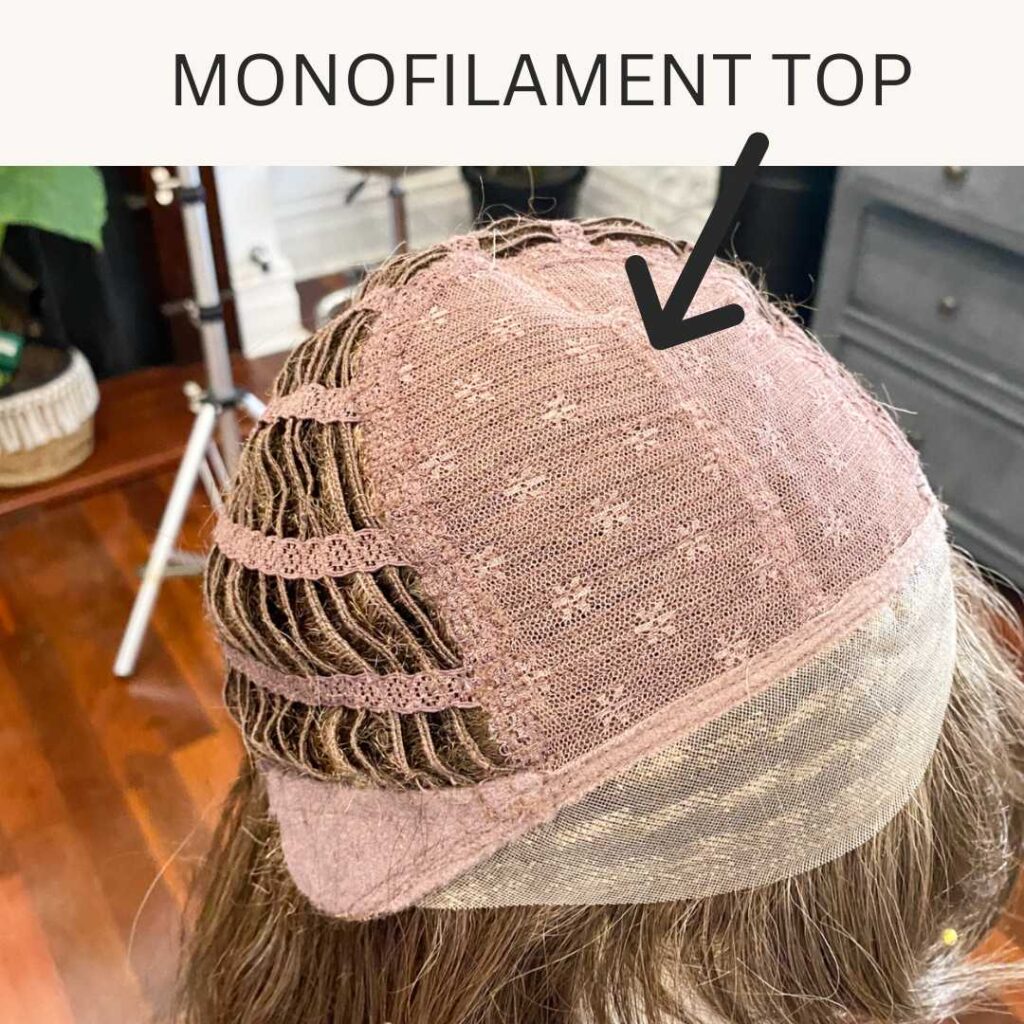


MONOFILAMENT also referred to as Mono
Monofilament wigs use a sheer polyester or soft nylon mesh to enable a see through / natural looking area to the wig. The Monofilament will be placed in three main areas (refer to pictures above) and is designed so that this area of the wig is hand tied, meaning the hairs are individually tied into the section of the material allowing for multidirectional parting of the hair and also the important illusion that hair is growing from your scalp. The breathable fabric/materials used for monofilament wig areas are ideal for sensitive scalps and have the benefit of being a cooler result than a full classic cap.
LACE FRONT
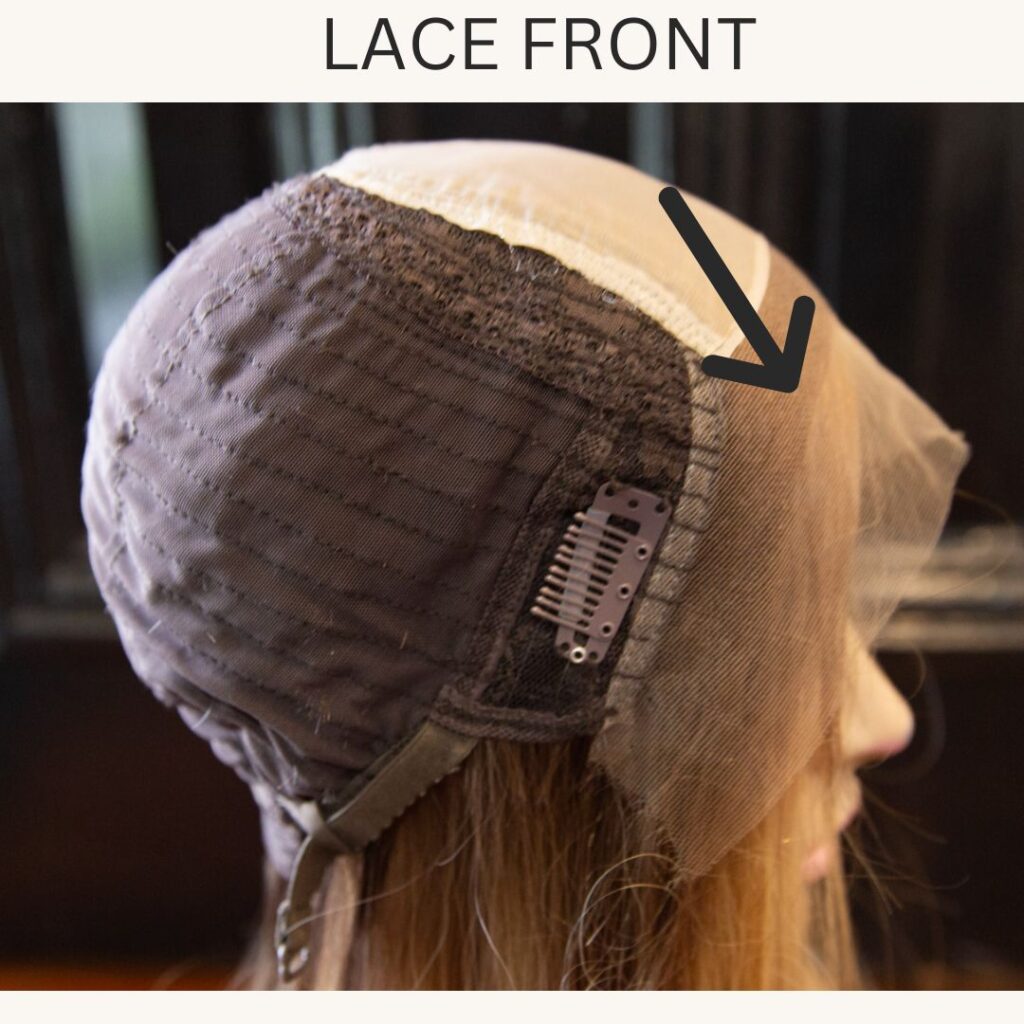
By far the most realistic hair line available in wigs. A lace front is where individual hairs are hand tied into lace at the front of the wig and this creates an illusion where the hair looks like it is growing from your scalp.
Without the lace front area of a wig, the wig stops quite abruptly and cannot be worn off the face at all as it will not look at all natural. In the scenario where there is a fringe on the wig, this can be more forgiving where there is no lace front area… so these styles can be an exception to the rule of always buy a lace front.
The finer the lace, the more comfortable the wig will feel. A tip for wearing lace front wigs is to place the wig initially close to your eyebrows and gently pull her backwards into position so that the lace will sit flat as opposed to riding under at all. When the lace rides under, this can cause some irritation.
We recommendlooking for lace fronts wherever possible.
HAND TIED STRETCH CAP
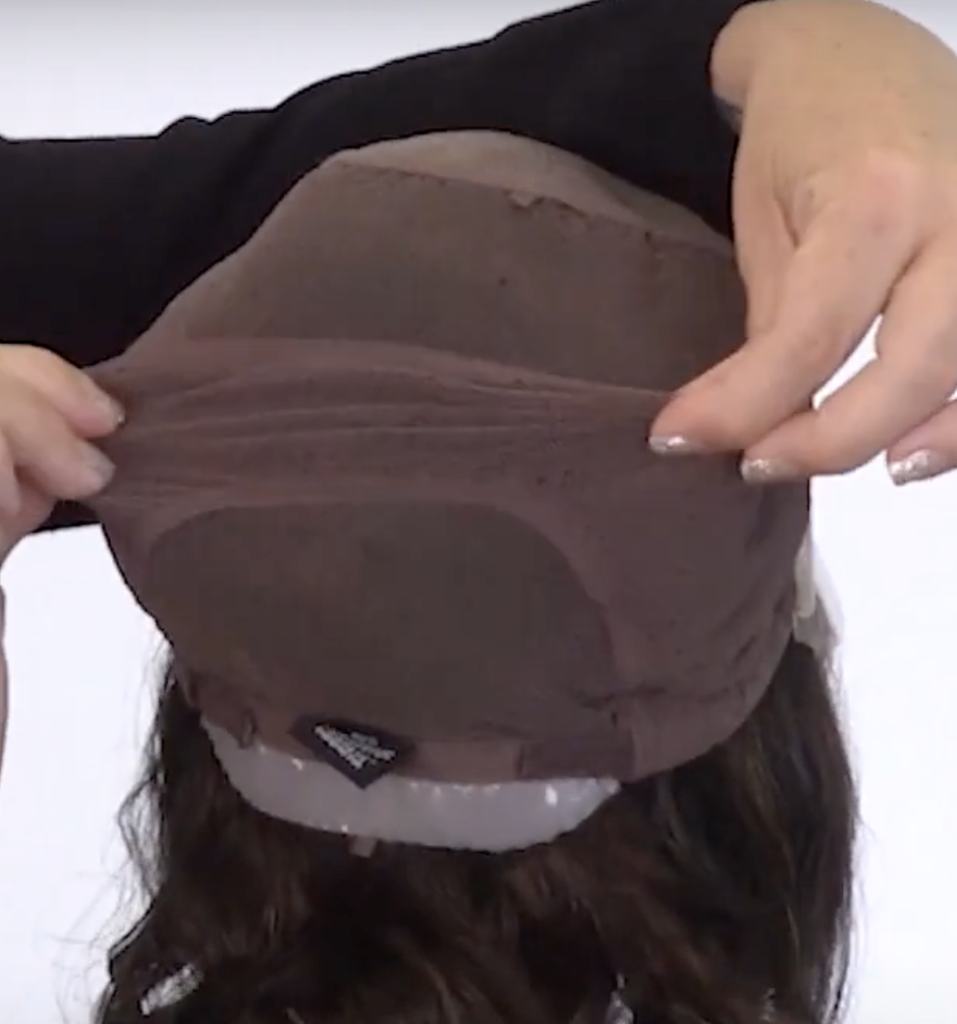
The rolls royce of cap designs is the hand tied stretch cap.
This wig cap is designed to to hug your head like a beanie and give you a most comfortable and realistic result. The hair is individually hand tied all over this wig resulting in multi directional options along with the most
Adjustable Straps
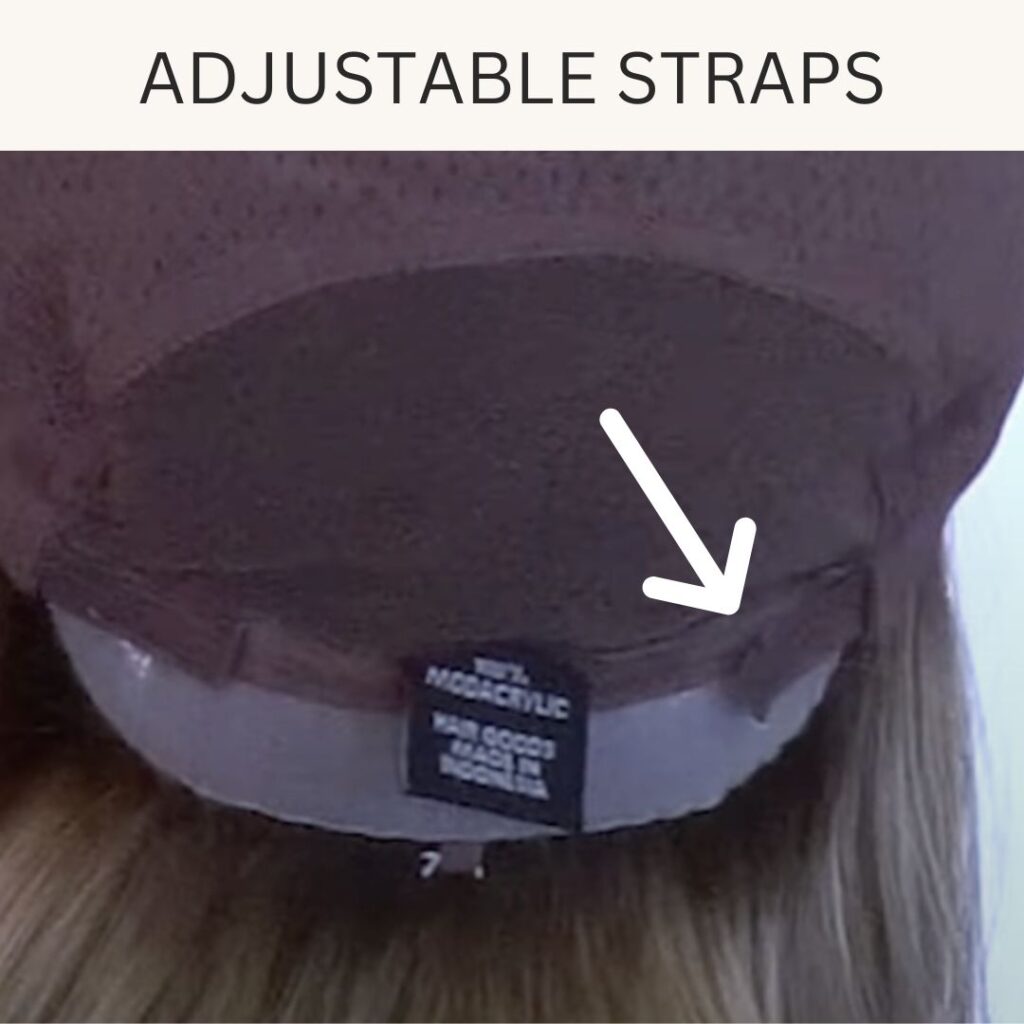
Sometimes you may need to adjust your wig slightly so that it will fit your head a bit better.
This is what the adjustable straps are for. Located at the back of the wig (near where the supplier label is) you’ll find these straps.
These can be velcro like the feature picture or like a bra strap style where you insert the hook into a loop
Always measure your head to ensure you purchase the right cap size for your head measurements. This will ensure any adjustments are kept to a minimum. It’s important to avoid changing the integrity of the wig too much by over adjustments.




